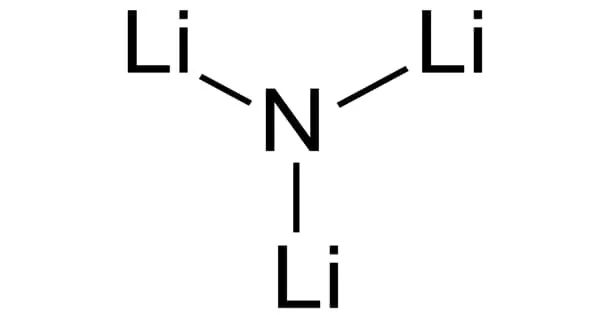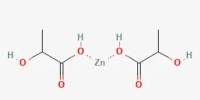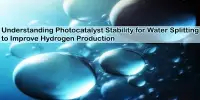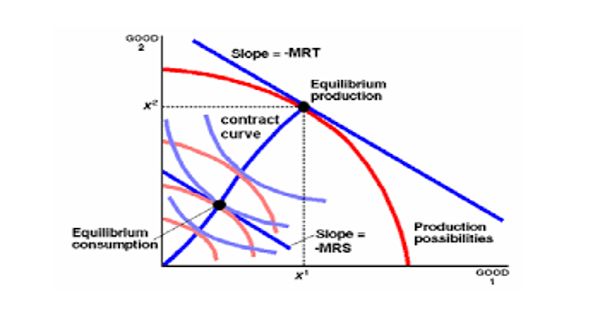The chemical formula for lithium nitride is Li3N. It consists of lithium salt and nitride. It is the only alkali metal nitride that is stable. The solid is reddish-pink in color and has a high melting point. It has the appearance of a reddish-brown powder. It is insoluble in the majority of organic solvents. It has applications in metallurgy and chemical synthesis.
Properties
Lithium nitride is a solid that is either red or purple in color. When it reacts with water, it produces lithium hydroxide and ammonia. It is the only stable alkali metal nitride. It’s a solid foundation. Lithium hydride and lithium amide are formed when it reacts with hydrogen.
- Molecular Weight: 36.8456
- Appearance: Powder
- Melting Point: N/A
- Boiling Point: N/A
- Density: 1.3 g/cm3
- Solubility in H2O: N/A
- Specific Gravity: 1.38
- Color: reddish-brown
- Exact Mass: 37.0667
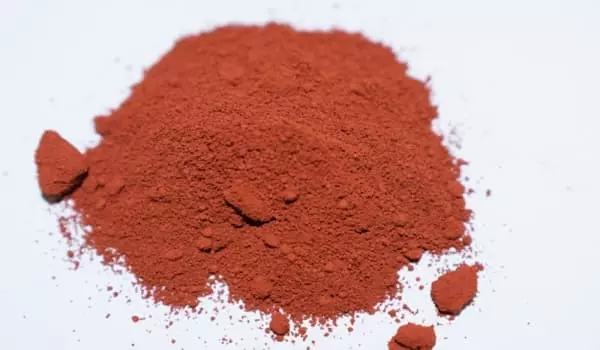
Preparation and handling
Lithium nitride is created by combining lithium and nitrogen. This is unusual because almost no other element reacts with nitrogen at room temperature in the same way that lithium does. It can also be produced by combining nitrogen and lithium dissolved in sodium.
The reaction of nitrogen gas with lithium metal produces lithium nitride. The reaction can be carried out at temperatures well above the melting point of lithium metal or at temperatures as low as 100°C using solid lithium metal. The reaction of lithium nitride, a red crystalline solid, with water produces lithium hydroxide and ammonia. In the end, it is converted to lithium carbonate in the atmosphere. Water and carbon dioxide readily react with the compound. It is also flammable, especially when finely divided. As a result, lithium nitride is stored and handled in an inert atmosphere.
It is prepared by a direct combination of elemental lithium with nitrogen gas:
6 Li + N2 → 2 Li3N
Instead of burning lithium metal in an atmosphere of nitrogen, a solution of lithium in liquid sodium metal can be treated with N2. Lithium nitride reacts violently with water to produce ammonia:
Li3N + 3 H2O → 3 LiOH + NH3
Structure and properties
Lithium nitride has ionic conductivity for Li+ of c. 2×10-4 Ω-1 cm-1 and an (intracrystal) activation energy of about c. 0.26eV (about 24 kJ/mol). Doping with hydrogen increases conductivity while doping with metal ions (Al, Cu, Mg) decreases it. The activation energy for lithium transfer across lithium nitride crystals (intercrystalline) was found to be higher, at approximately 68.5 kJ/mol.
Lithium hydride and lithium amide are produced by a reaction with hydrogen at temperatures below 300 °C (0.5 MPa pressure).
Because the reaction is reversible at 270 °C, lithium nitride has been investigated as a hydrogen gas storage medium. Hydrogen absorption of up to 11.5 percent by weight has been achieved. In an exothermic reaction, lithium nitride reacts with carbon dioxide to form amorphous carbon nitride (C3N4), a semiconductor, and lithium cyanamide (Li2CN2), a precursor to fertilizers.
Uses
It can be used to store hydrogen. It can also be used as a source of nitride ion.
Safety
Lithium nitride is a toxic and corrosive substance. When placed in water, it emits ammonia. Inhaling or coming into contact with vapors, substances, or decomposition products can result in severe injury or death. When in contact with water, it may produce corrosive solutions. Fire emits irritating, corrosive, and/or toxic gases. Pollution from firefighting runoff is possible.
